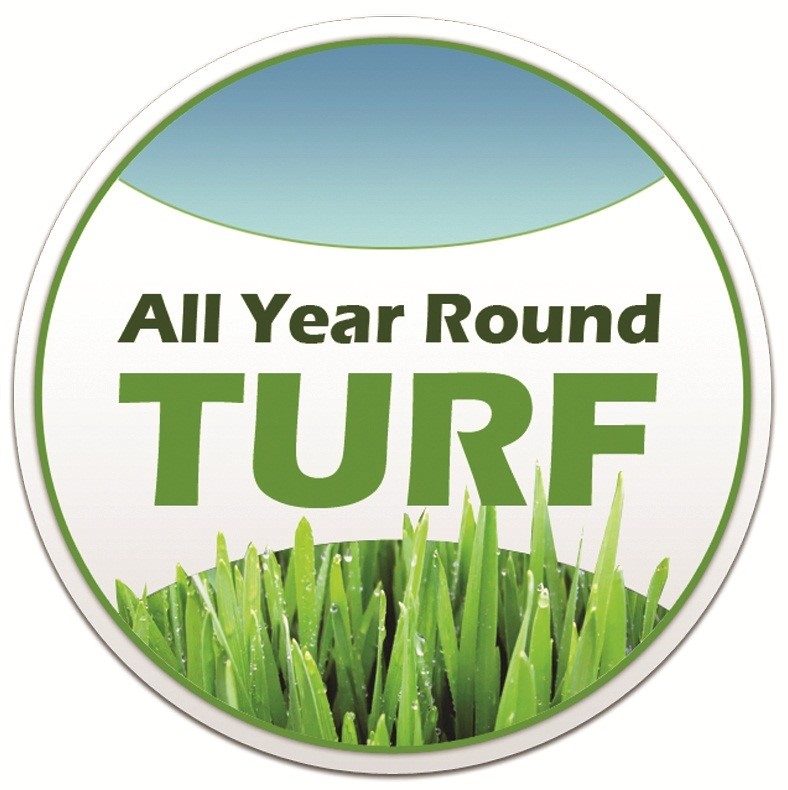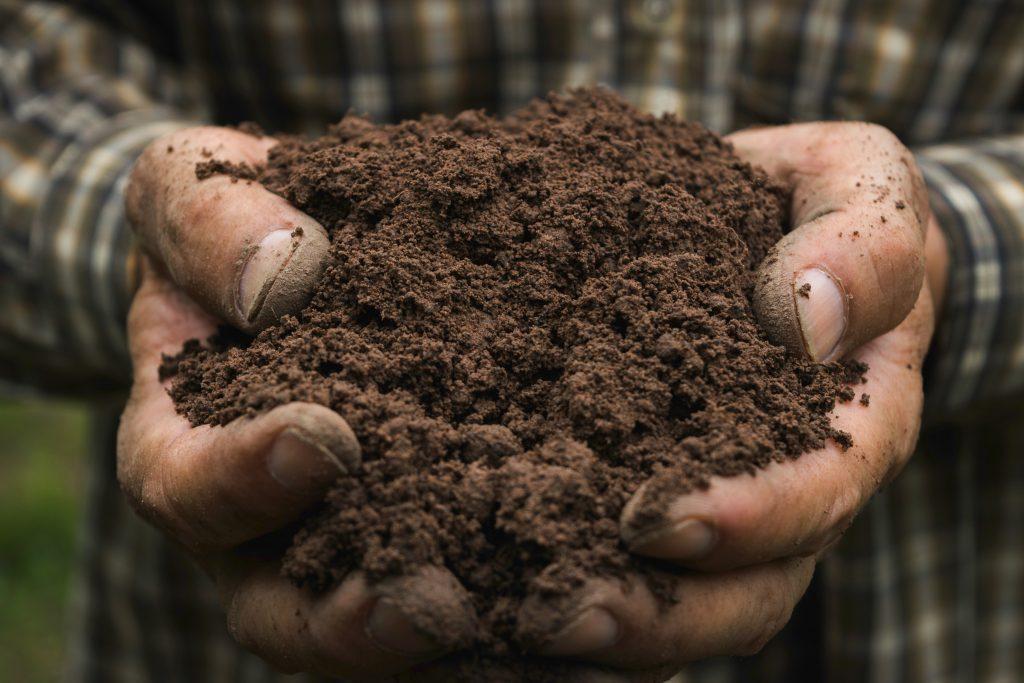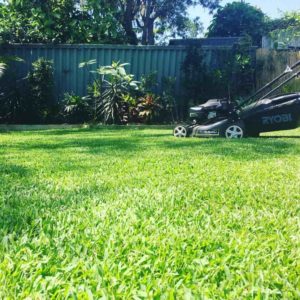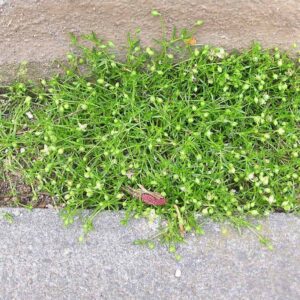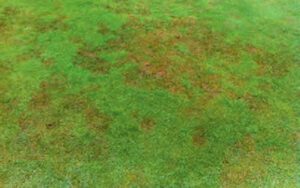Understanding the soil in your backyard is essential for maintaining a healthy and thriving lawn. In Australia, the diverse climates and landscapes lead to a wide variety of soil types across regions. Each soil type has its own unique characteristics that influence how you care for your lawn, from its water retention and drainage to its nutritional requirements.
The NSW Government offers a helpful resource called eSpade, which compiles soil data into an easy-to-use map. Your state may also have a similar tool to help you identify and manage your soil type effectively.
Table of Contents
– 3 Common Soil Types in Sydney
– How to Identify Your Soil Type
– The Impact of Soil Type on Lawn Health
3 Common Soil Types in Sydney
Soil type plays a major role in everything from water retention to nutrient needs and can significantly affect your success in cultivating a lush lawn. From sandy soils along the coast to clay and silt in the valleys, Australia’s soil types vary widely, and it’s important to understand what’s in your yard to provide proper care.
Here’s an overview of the three most common soil types in Sydney, where you’ll find them, and the pros and cons of each:
Sandy Soils
Sandy soils are common along Australia’s coastal regions but can also be found inland near freshwater river systems or old water courses. In the heart of Australia, they shift in color, taking on the reddish hues of the iconic Red Centre.
Sandy soils feature larger particles that create gaps in the soil structure, which allows for excellent drainage. However, this also means they don’t retain nutrients well, making them less effective at supporting plant growth unless supplemented. On the plus side, they are easy to work with and are a lot less effort to dig compared to heavier soils like clay.
Since they struggle with nutrient retention, sandy soils will benefit from added organic matter and nutrients, helping your lawn thrive. They’re also great for plants that prefer a well-drained environment.
Clay Soils
Clay soils are found mostly away from coastal areas, though some coastal regions may have clay beneath the surface. Clay soil is highly capable of retaining both nutrients and water, which is great for some plants but can pose a challenge for lawn care.
The fine particles of clay soil compact tightly together, reducing water drainage. This can lead to flooding, disease, and soil compaction if not properly managed. Clay soils are also tough to work with but provide a stable foundation for plants.
Managing clay soil involves frequent aeration to break up compacted areas and improve drainage. Adding sand or using gypsum can also help alter the soil structure over time and make it more suitable for healthy lawn growth.
Silt Soils
Silt soils are typically found near river systems or old water courses where sediment has settled. The texture of silt is between that of sand and clay, making it one of the most fertile and desirable soil types for planting.
Silt soils retain water and nutrients more effectively than sandy soils but are less prone to compaction or waterlogging, unlike clay. This makes them easier to manage and perfect for cultivating a healthy lawn.
While silt soils still benefit from occasional aeration and the addition of organic matter, they are less demanding than clay or sandy soils in terms of care.
How to Identify Your Soil Type
If you’re unsure about the soil in your backyard, here are a few ways to identify your soil type:
The Texture Test
One simple method is the texture test. Dig up a small sample of soil from your garden, at a depth where plant roots grow (typically below the topsoil). Place the soil in a jar, add water, and shake well. After the soil settles, observe the layers of sand, silt, and clay.
– Sandy soils will leave the water mostly clear.
– Clay soils will leave the water cloudy with sediment.
– Silty soils will show a finer, smoother texture with a bit of cloudiness but not as much as clay.
Soil Colour and Feel
The appearance and texture of the soil can give you clues about its type. Clay soils are dense, sticky, and can be easily molded, while sandy soils are coarse and won’t hold their shape when squeezed. Silt soils will hold their form better than sand but not as well as clay.
You can also try a drainage test by pouring water onto the soil. If it drains quickly, you likely have sandy soil; if it takes longer, clay or silt is more probable.
How Soil Type Affects Lawn Health
Your lawn’s health depends on the composition of your soil. Different soil types hold varying amounts of water and nutrients, which can significantly affect your lawn’s growth. Understanding your soil will help you tailor your care to meet its specific needs, saving you time, effort, and money.
For example, sandy soils require more frequent fertilisation due to their poor nutrient retention, while clay soils need proper drainage management to prevent waterlogging and root damage.
How to Improve Your Soil Quality
The good news is you can improve most soil types over time to create the ideal environment for your lawn. Regular aeration is essential for compacted soils like clay and silt, as it helps improve air, water, and nutrient movement. Top dressing with organic matter can also enhance soil structure, particularly in sandy and loamy soils.
While aeration and top-dressing won’t change your soil type, they can significantly improve its quality and make a big difference in your lawn’s health.
Soil Amendments
Adding soil amendments like slow-release fertilisers or root health supplements, such as LawnPride’s Rootmaxx or Kelp-ER, can further enrich the soil. These amendments help improve nutrient availability, which benefits both soil and plant health.
Mulching
Mulching grass clippings back into your lawn is a simple and effective way to boost soil nutrition. As the clippings break down, they release valuable nutrients back into the soil. Contrary to some misconceptions, mulching doesn’t contribute to thatch buildup; it’s a natural way to improve soil health while recycling nutrients.
By understanding the soil in your backyard and making the necessary adjustments, you can optimise your lawn’s growth and health, regardless of your soil type. Uncertain still ? Call professionals at All Year Round Turf 1300 887 348
